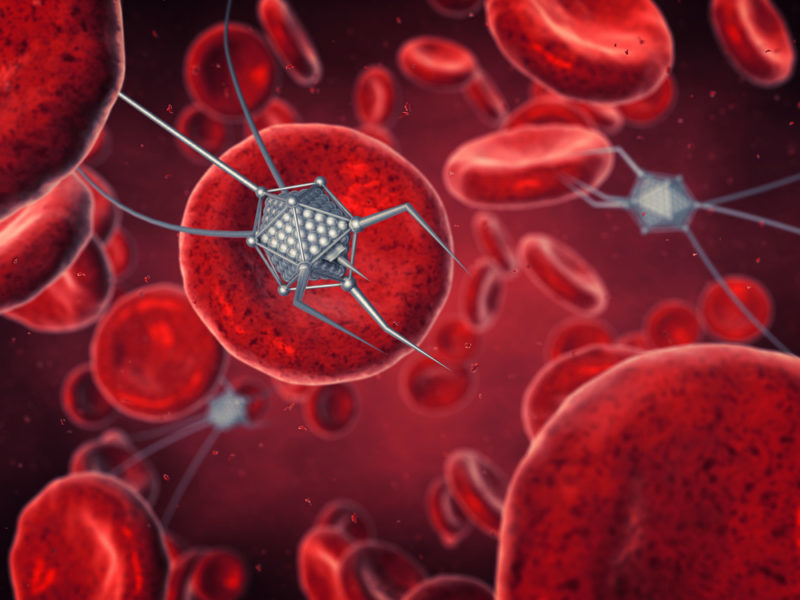Electrical nanobots (biomolecular)from 1 to 10 nanometers (PhD in nano-microelectronics)
Researcher and author: Dr. ( Afshin Rashid)
Note: Because these electrical (biomolecular) nanorobots can consider the current structure and condition of a cell, they can assemble complexes, organs, or skeletal structures around existing cellular components to form integrated architectures. .
However, many methods have been developed to build self-assembled electrical (biomolecular) nanobots . A small number of them can be designed to assemble structures whose shape depends on the identity and organization of the structures that already exist in the environment. Electric (biomolecular) nanobots with DNA can grow to bind pairs of molecular markers with different separation distances and relative orientations. Electric (biomolecular) nanobots with DNA structure are formed at these points of interest and grow as their free ends disperse. The nano-robots Electric (biomolecular) can be used to create a stable connection, end to end, join, and nanotubes without connecting to selectively melted. The joints between the marked pairs in more than 1 to 10 nm are separated in more than 75% of cases and can form a surface or three dimensions. This point-to-point assembly process shows how the kinetics of the assembly itself can be designed to produce structures with the desired property instead of a specific shape.
Analyzers, sensors, converters and detectors are components of the electro-nano-robotic (biomolecular) system, and feedback from the detector reaches the electro-nano-robots (biomolecular) . Sensitivity, specificity and ease of implementation are the main goals in designing an electro-nanomobot (biomolecular) . Nanosensors usually work by monitoring electrical changes in sensor materials. For example, nanosensors based on carbon nanotubes work this way. When a molecule of nitrogen dioxide (NO 2 ) is present, it removes an electron from the nanotube, which in turn makes the nanotube less conductive. If ammonia (NO 3 ) Reacts with water vapor and donates an electron to a carbon nanotube, conducting it. By treating nanotubes with different coating materials, they can be made sensitive to certain molecules and protected from others. Like chemical nanosensors, mechanical nanosensors tend to measure electrical changes.
Conclusion :
Because these electrical (biomolecular) nanobots can consider the current structure and condition of a cell, they can assemble complexes, organs, or skeletal structures around existing cellular components to form integrated architectures.
Researcher and author: Dr. ( Afshin Rashid)
PhD in Nano-Microelectronics




